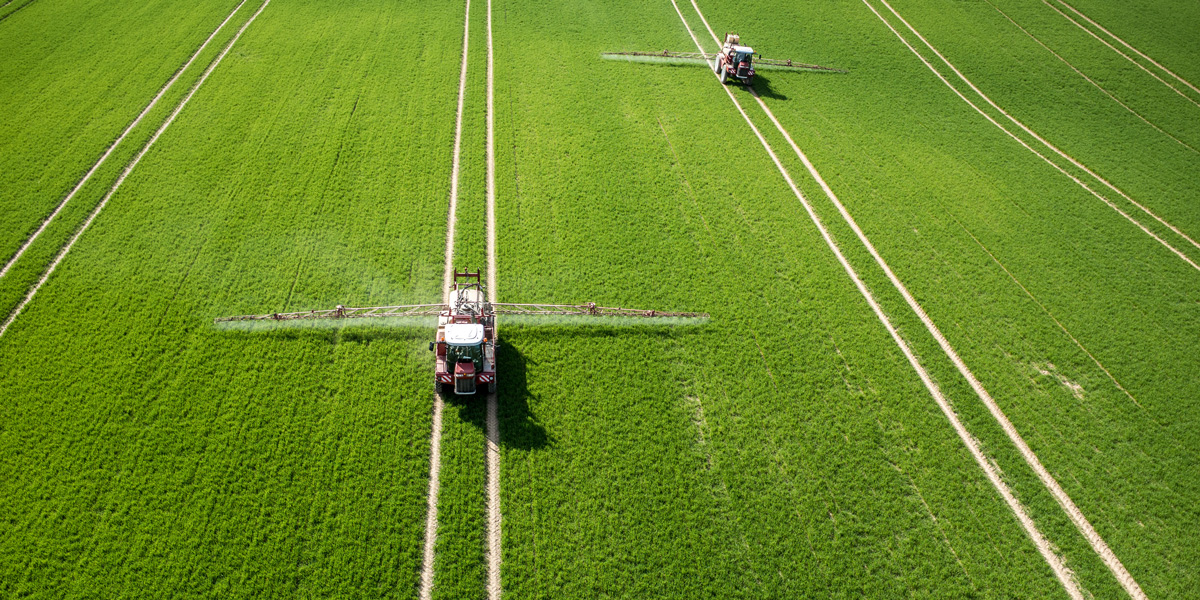
Findings on leukemia in rats exposed to glyphosate are "of grave concern for public health" – Prof Philip Landrigan
The Global Glyphosate Study (GGS) researchers, who recently presented their findings on increased incidence of leukemia in rats exposed to low doses of glyphosate and glyphosate-based herbicides, have now also made these data publicly available on bioRxiv.
In addition, the full manuscript published on bioRxiv was sent to the European Food Safety Authority (EFSA) and the European Chemicals Agency (ECHA), in response to these agencies’ request.
The findings, which derive from the study’s carcinogenicity arm, showed that both glyphosate and glyphosate-based herbicides caused leukemia in rats at a young age and at low doses of exposure. No leukemias were observed in unexposed rats.
The International Agency for Research on Cancer (IARC), the cancer arm of the World Health Organization determined in 2015 that glyphosate is “probably carcinogenic to humans”.
Dr Daniele Mandrioli, the coordinator of the Global Glyphosate Study and director of the Ramazzini Institute, said, “About half of the leukemia deaths seen in the rats exposed to glyphosate and glyphosate-based herbicides occurred at less than one year of age. By contrast, no cases of leukemia have been observed below one year of age in more than 1600 Sprague-Dawley untreated control rats studied in the past two decades by the US National Toxicology Program (NTP) and the Ramazzini Institute.”
In this long-term study, glyphosate alone and two commercial herbicide formulations, Roundup BioFlow (MON 52276) used in the EU, and Ranger Pro (EPA 524-517) used in the US, were administered to rats via drinking water beginning in prenatal life, at doses of 0.5, 5, and 50 mg/kg body weight/day. These doses are currently considered safe or with no adverse effects by regulatory agencies. The encompass the EU Acceptable Daily Intake (ADI) and the EU’s No Observed Adverse Effect Level (NOAEL) for glyphosate.
Prof Philip Landrigan of Boston College, USA, a physician and the Chair of the International Scientific Advisory Board to the Ramazzini Institute, stated, “These new findings on leukemia in rats exposed to glyphosate are of grave concern for public health for two reasons. Firstly, the leukemias occurred at very low exposure levels – levels similar to those encountered daily by millions of people in the EU and the USA. And secondly, these leukemias occurred at young ages, a finding that raises the possibility of a causal association between glyphosate and childhood leukemia.”
The GGS is the most comprehensive toxicological study ever conducted on glyphosate and glyphosate-based herbicides. It provides vital data for government regulators, policy makers and the general public. It examines the impacts of glyphosate and glyphosate-based herbicides on carcinogenicity, neurotoxicity, multi-generational effects, organ toxicity, endocrine disruption and prenatal developmental toxicity. Multiple peer-reviewed papers from the study are set to be published from early 2024 onwards.
“These findings on leukemia are of such great relevance for public health that we decided to make the full data publicly available,” Dr Mandrioli said.
Dr Mandrioli told GMWatch that he and his co-authors plan to submit the study findings to a peer-reviewed journal this year.
The Global Glyphosate Study is coordinated by the Ramazzini Institute and involves scientists from the US, South America and Europe. Scientists involved in the different phases of the study were from Boston College, Icahn School of Medicine at Mount Sinai, George Mason University, University of California Santa Cruz, Federal University of Parana, King’s College London, University of Copenhagen, Italian National Institute of Health, Italian National Research Council, University of Bologna, and Genoa Hospital San Martino.
The bioRxiv pre-print:
Panzacchi S et al (2023). Leukemia in Sprague-Dawley rats exposed long-term from prenatal life to glyphosate and glyphosate-based herbicides. bioRxiv, 16 Nov. https://www.biorxiv.org/content/10.1101/2023.11.14.566013v1.article-info










